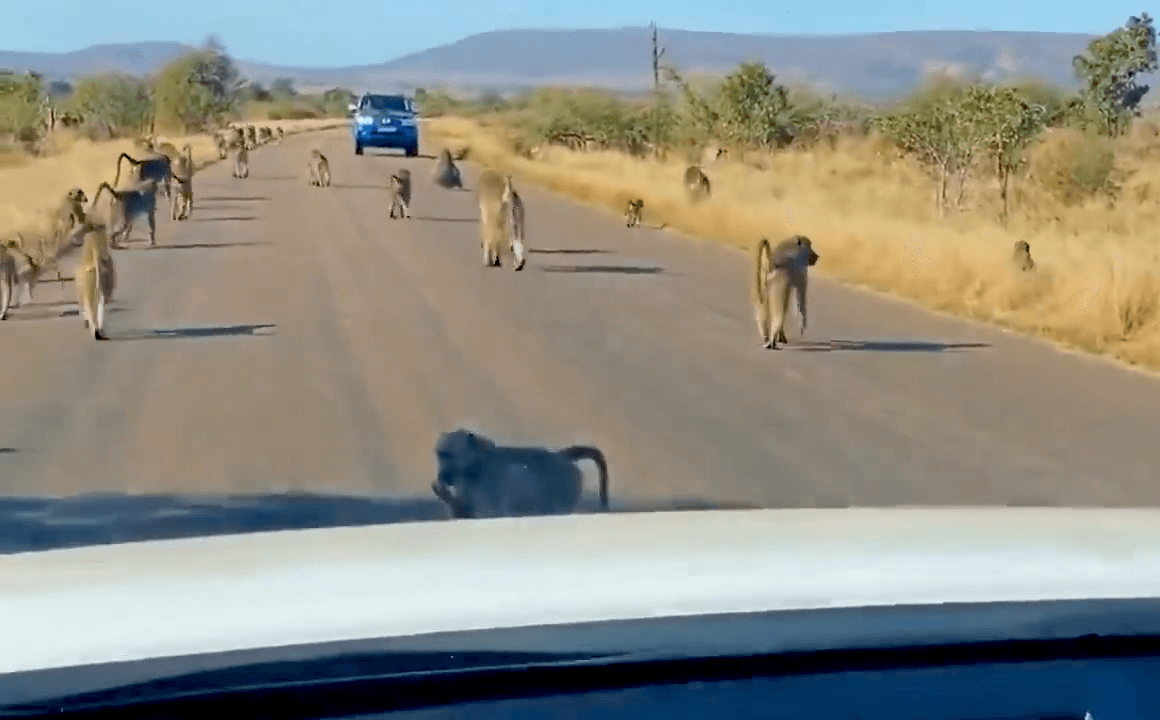
Seasons of Hunting in NECHISAR NATIONAL PARK, Ethiopia: Seasons and Dates of Hunting, Licenses, and Features, Timing, Tactics Hunting Nature Rules and Timeframes in Nechisar National Park Nechisar
Post: 27 August 09:00

Post: 27 August 09:00

Post: 27 August 08:01

Post: 29 August 13:06

Post: 27 March 03:18

Post: 27 May 12:28

Post: 27 August 09:32

Post: 28 July 10:16

Post: 30 April 09:21

Post: 26 August 09:34

Post: 30 June 14:11

Post: 18 May 12:19

Post: 17 May 12:14

Post: 15 August 09:18

Post: 13 August 09:36

Post: 26 July 09:10

Post: 8 July 18:03

Post: 12 June 09:21

Post: 29 May 09:30

Post: 27 May 09:29

Post: 21 May 12:30

Post: 7 February 09:32

Post: 5 February 09:08

Post: 25 January 09:04

Post: 10 January 09:25

Post: 31 October 09:04

Post: 20 October 17:45

Post: 3 October 18:30

Post: 8 September 17:31

Post: 3 August 19:21

Post: 2 August 17:49

Post: 11 April 09:35

Post: 23 January 19:01

Post: 28 June 10:51

Post: 16 May 13:24

Post: 29 May 16:32

Post: 13 January 00:15

Post: 27 June 09:02

Post: 14 October 07:42

Post: 22 August 13:32

Post: 29 August 08:14

Post: 19 September 09:42

Post: 25 July 11:31

Post: 19 August 20:03

Post: 29 May 15:02

Post: 24 July 09:32

Post: 9 September 14:19

Post: 24 June 14:22

Post: 4 December 09:19

Post: 5 January 09:04

Post: 21 November 15:15